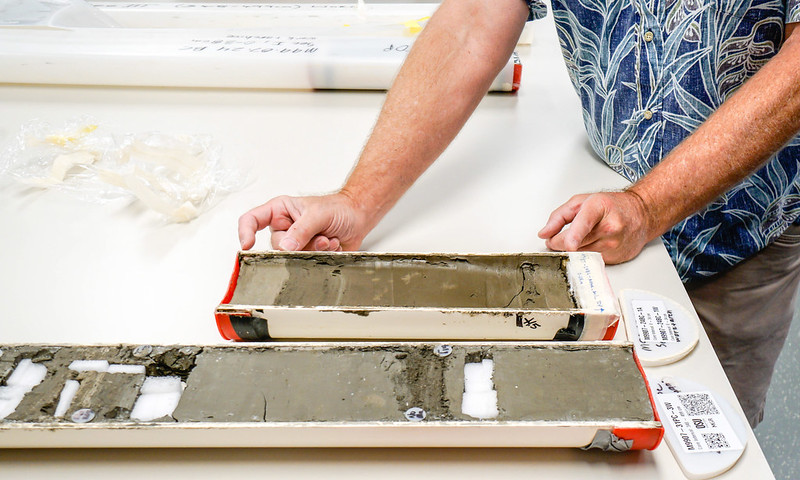
A recent study indicates that the Cascadia subduction zone and the San Andreas fault, two major fault systems along North America’s West Coast, could be seismically linked. Researchers found evidence suggesting that an earthquake on one fault may trigger seismic activity on the other. This revelation could significantly impact hazard planning and emergency response strategies.
Chris Goldfinger, a marine geologist at Oregon State University and the study’s lead author, stated, “We’re used to hearing the ‘Big One’ – Cascadia – being this catastrophic huge thing. It turns out it’s not the worst-case scenario.” By drilling deep-sea sediment cores that represent over 3,100 years of geological history, Goldfinger and his team analyzed layers known as turbidites, which are deposited by underwater landslides often triggered by earthquakes.
The researchers compared turbidite layers from both fault systems and identified similarities in timing and structure, suggesting synchronization between the faults. In particular, they noted three instances in the past 1,500 years where ruptures on the Cascadia subduction zone and the northern San Andreas fault occurred within minutes to hours of each other, the latest being around 1700.
The implications of these findings are significant. Goldfinger explained, “We could expect that an earthquake on one of the faults alone would draw down the resources of the whole country to respond to it.” He emphasized that if both faults were to rupture simultaneously, cities such as San Francisco, Portland, Seattle, and Vancouver could find themselves in emergency situations in a very short timeframe.
While geologists have hypothesized about the synchronization of fault lines for decades, only one confirmed example exists, that of the Sumatra fault system, which experienced linked earthquakes three months apart in 2004 and 2005. Goldfinger’s interest in this topic dates back to a 1999 ocean research cruise. During that expedition, a navigational error led his team to drill in the San Andreas zone, which yielded unexpected results.
The unique sediment structure discovered during this analysis showed a reversed layering pattern: coarse sediment on top of finer layers. This arrangement led researchers to conclude that the fine-grained sediment resulted from a significant earthquake on the Cascadia subduction fault, while the coarser sediment was deposited following movement on the nearby San Andreas fault.
Utilizing radiocarbon dating techniques, the team evaluated the turbidite layers in cores collected from both sides of Cape Mendocino, where the Cascadia and San Andreas faults converge. Their analysis confirmed that the unusual “doublets” in layering were best explained by closely timed earthquakes from both systems rather than aftershocks or other geological phenomena.
The study includes contributions from several other experts, including Ann Morey, Christopher Romsos, and Bran Black of Oregon State’s College of Earth, Ocean, and Atmospheric Sciences, as well as Jeff Beeson from the National Oceanic and Atmospheric Administration, Maureen Walzcak from the University of Washington, and researchers from institutions in Spain and Germany.
As understanding of these fault systems evolves, the findings will play a crucial role in shaping future earthquake preparedness and response strategies across the West Coast of North America.







